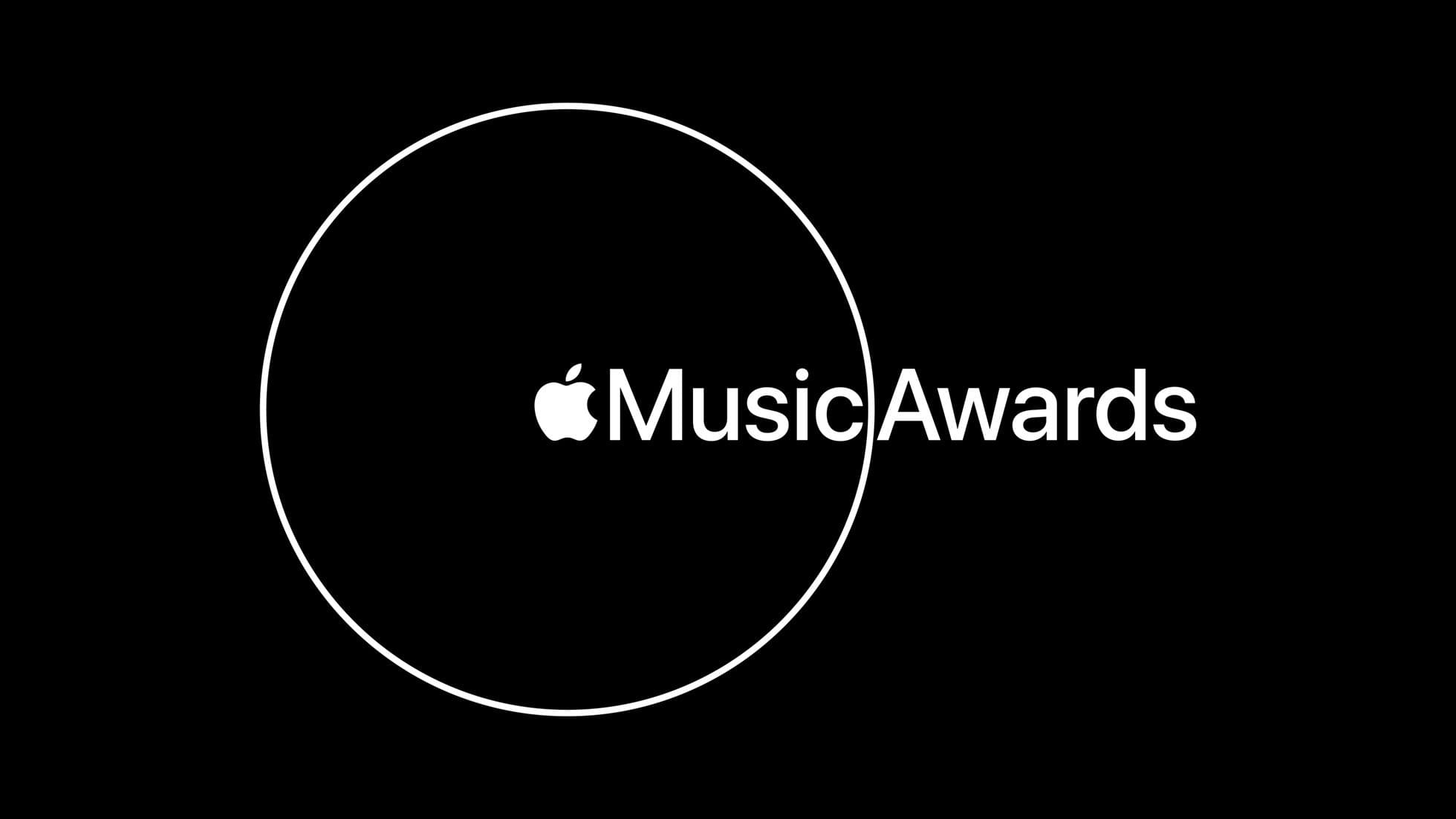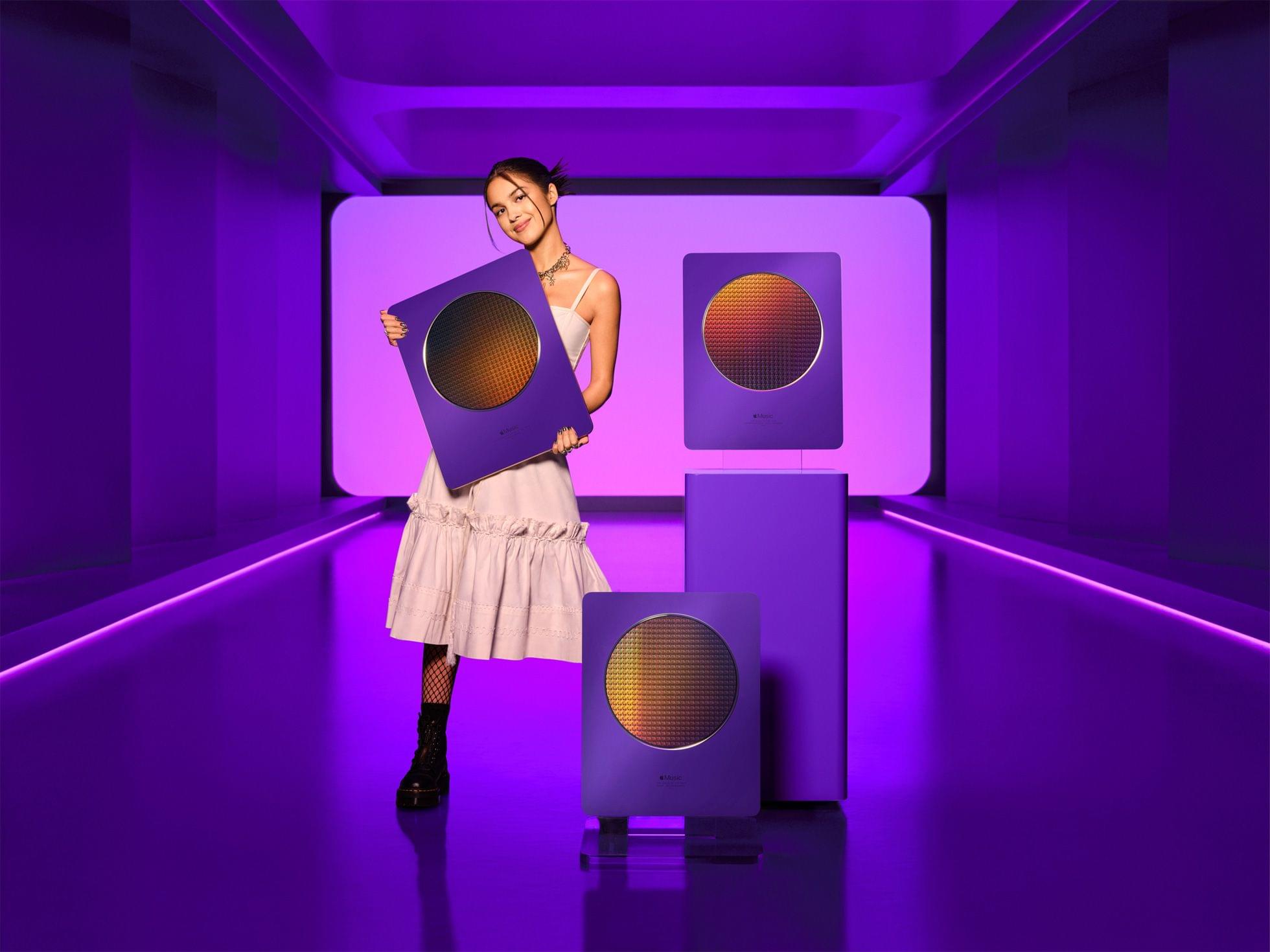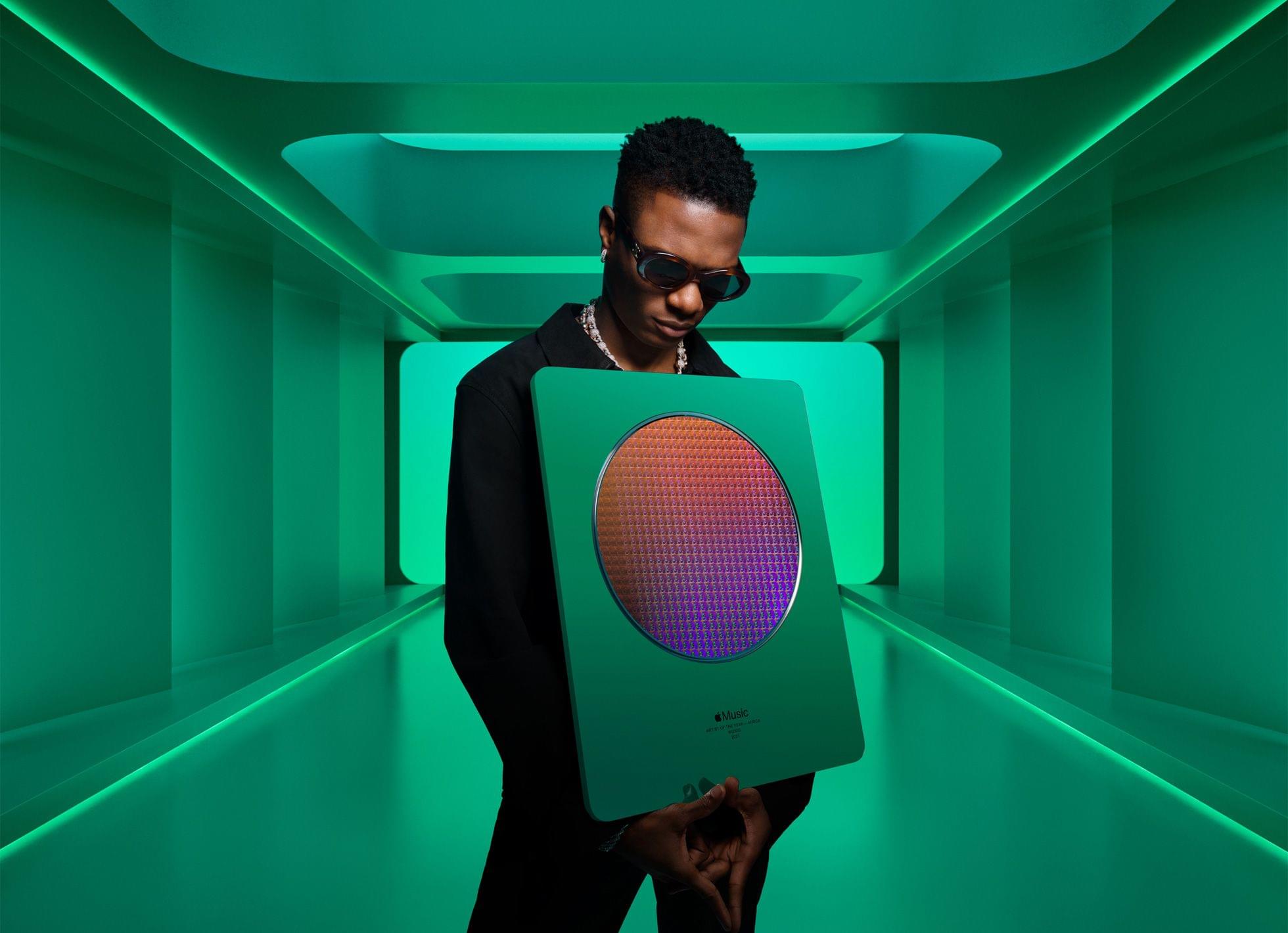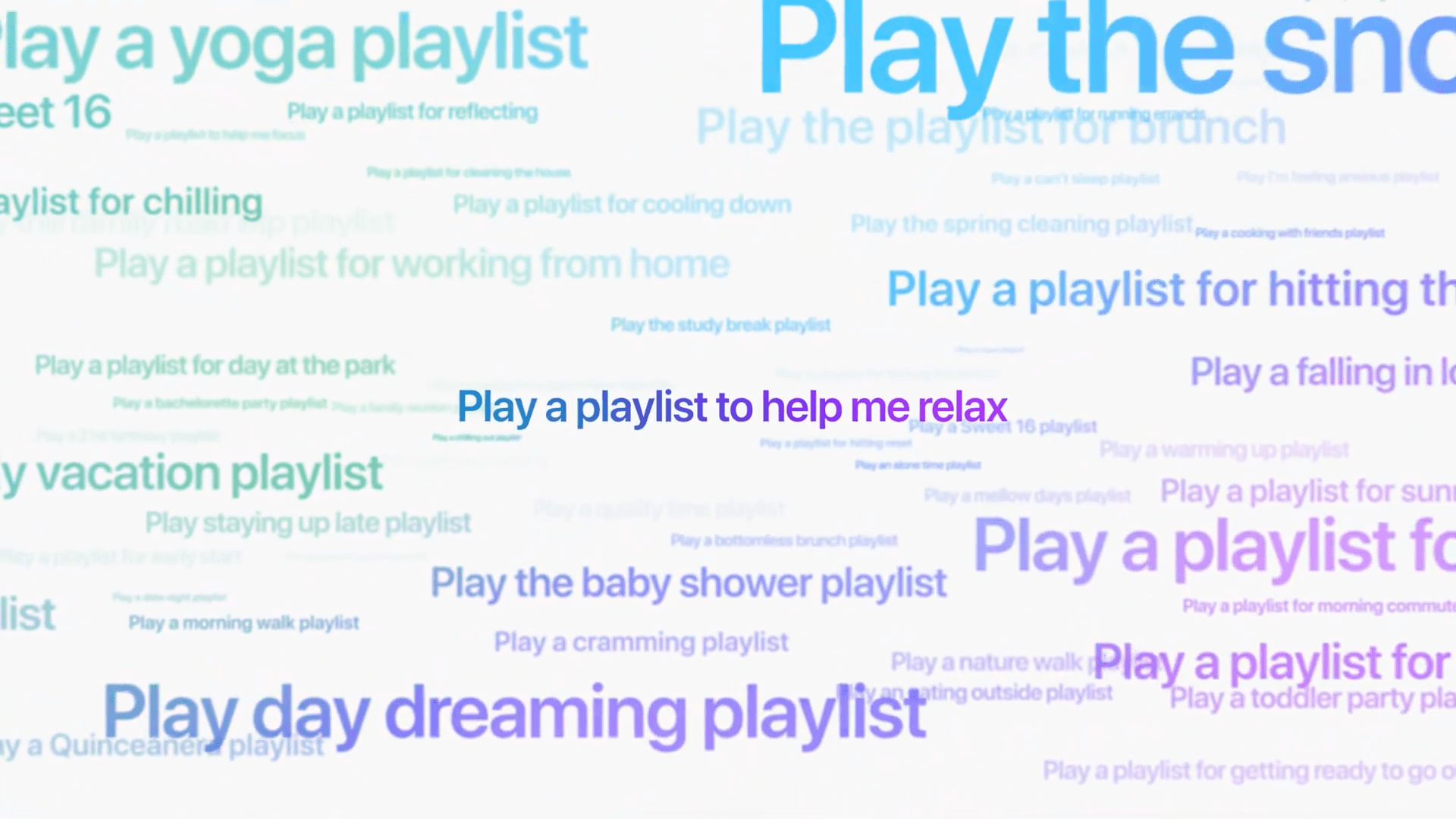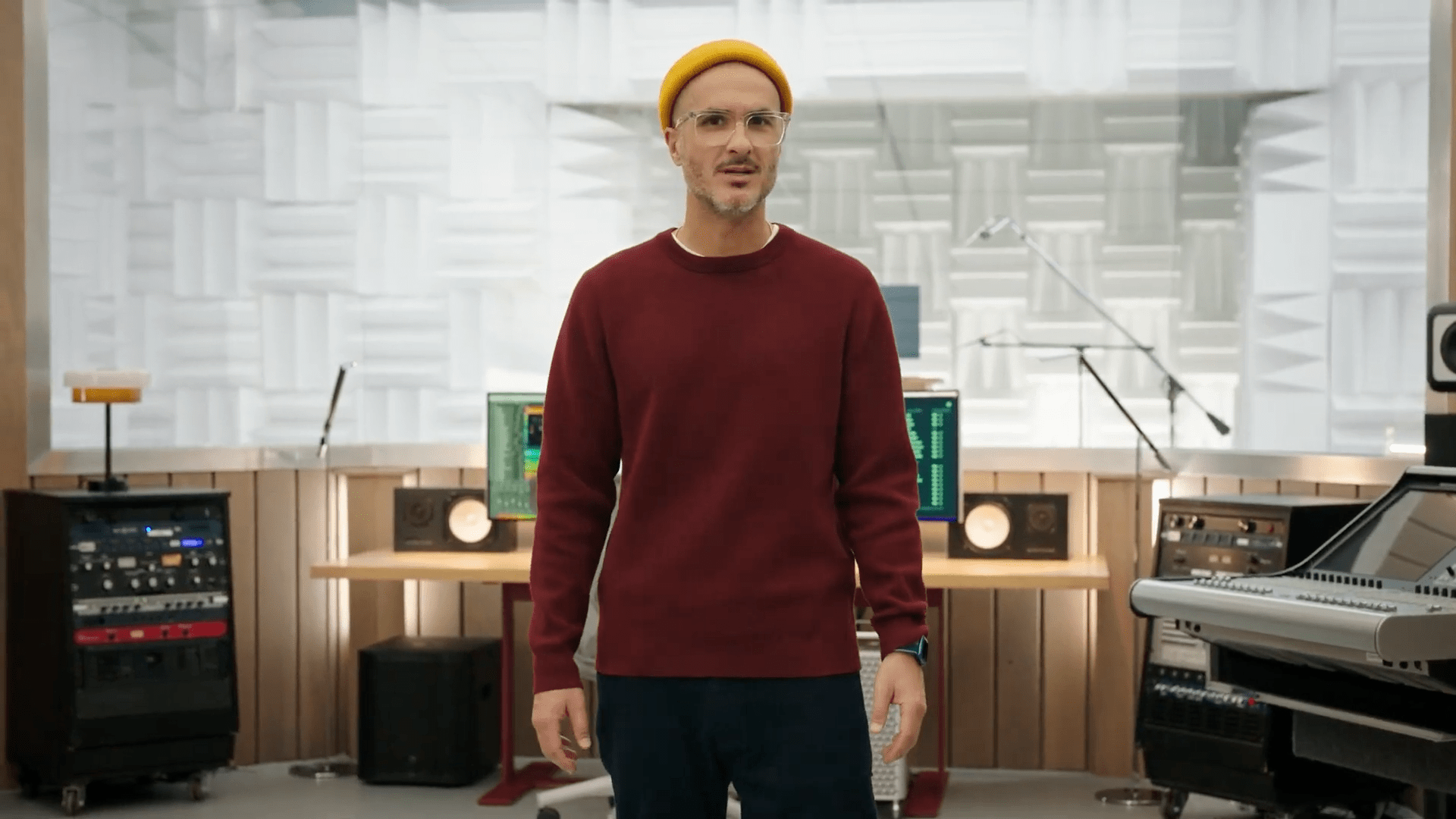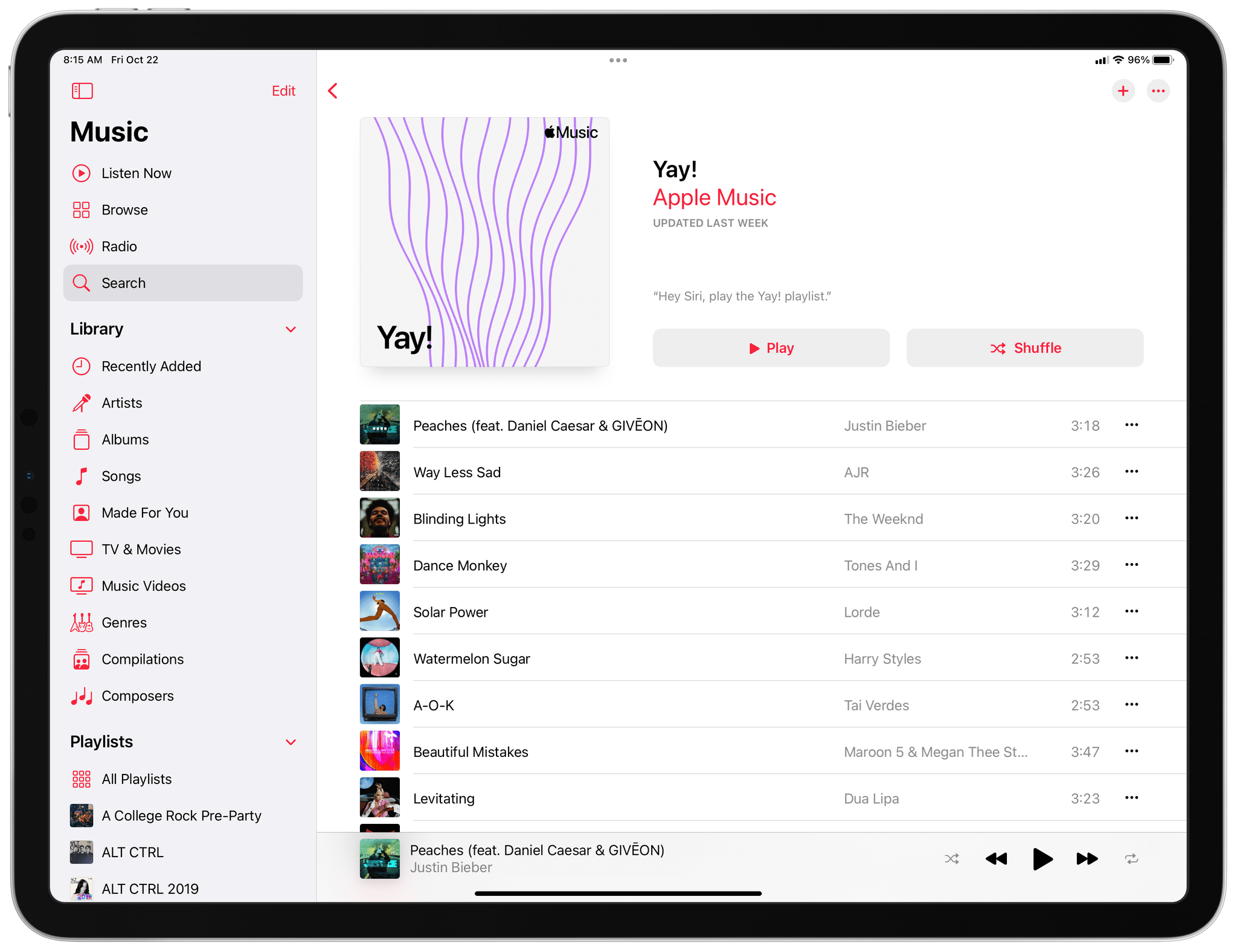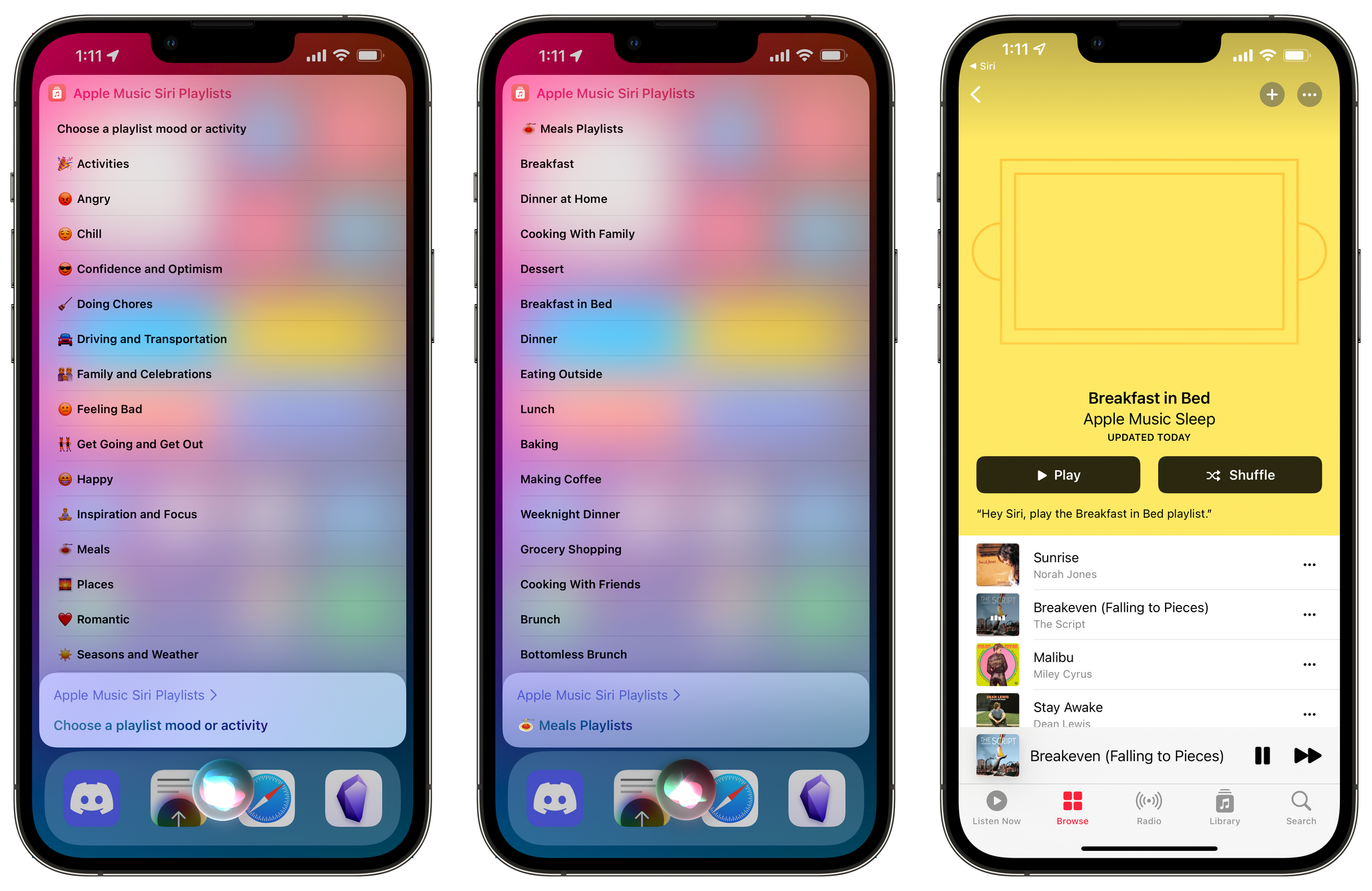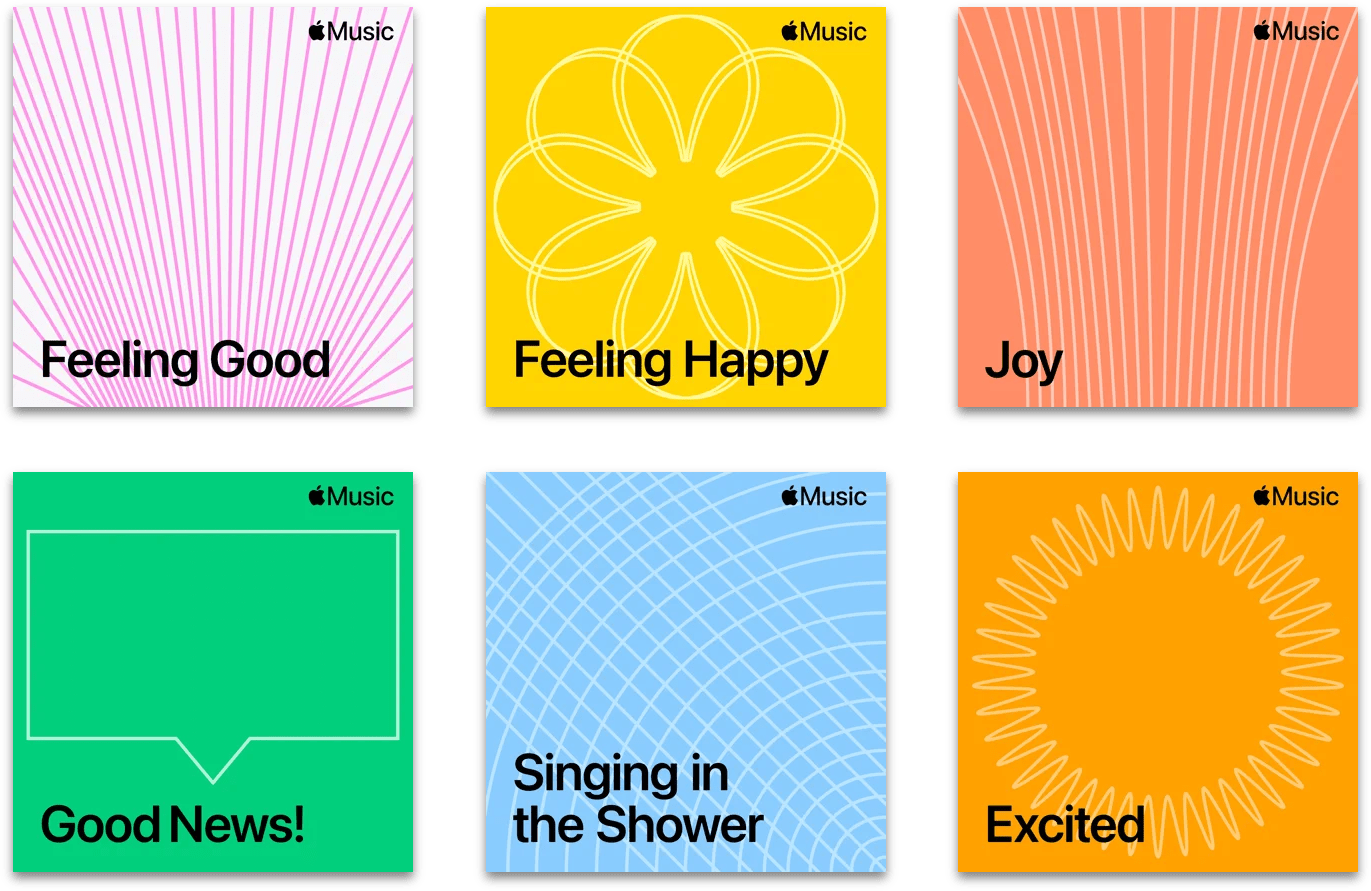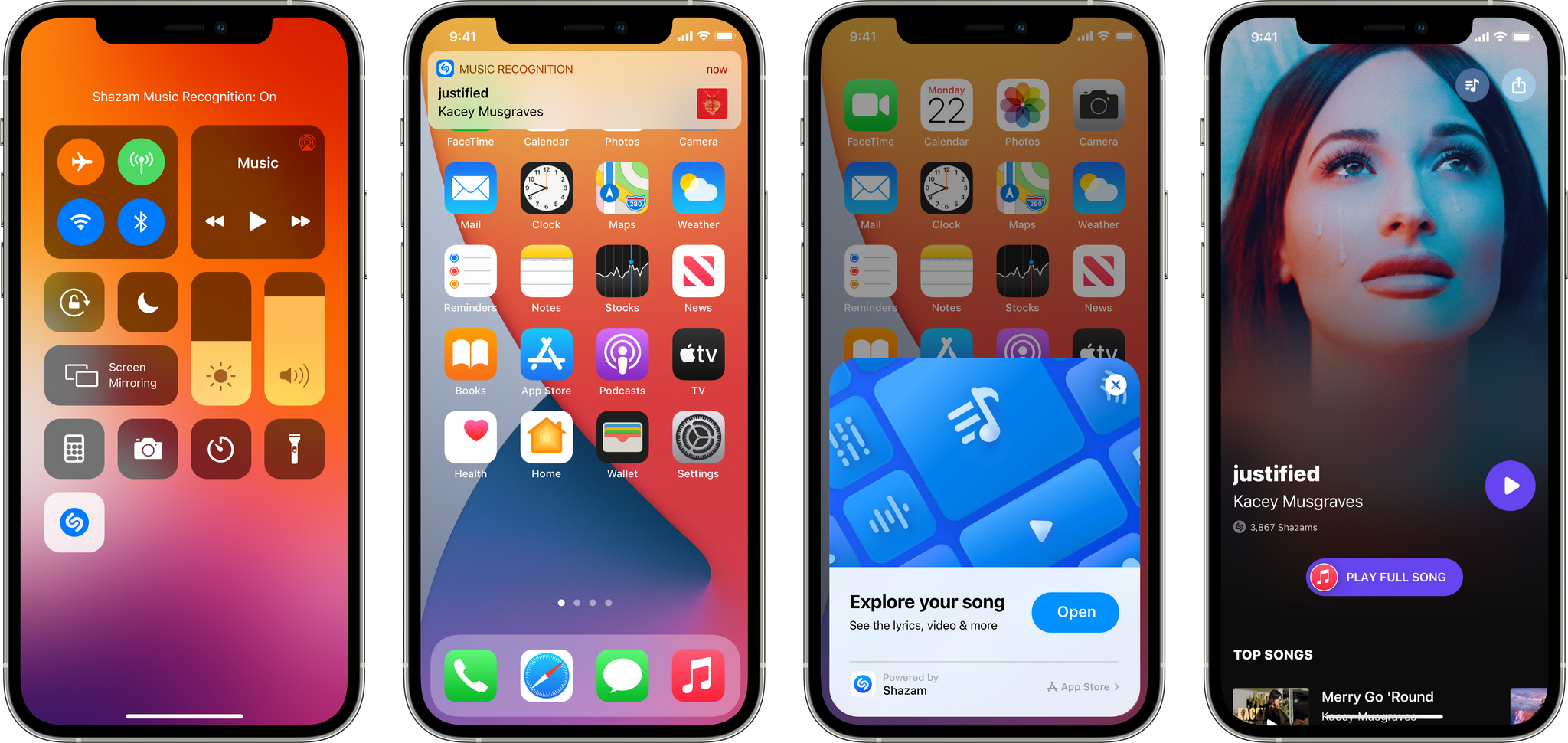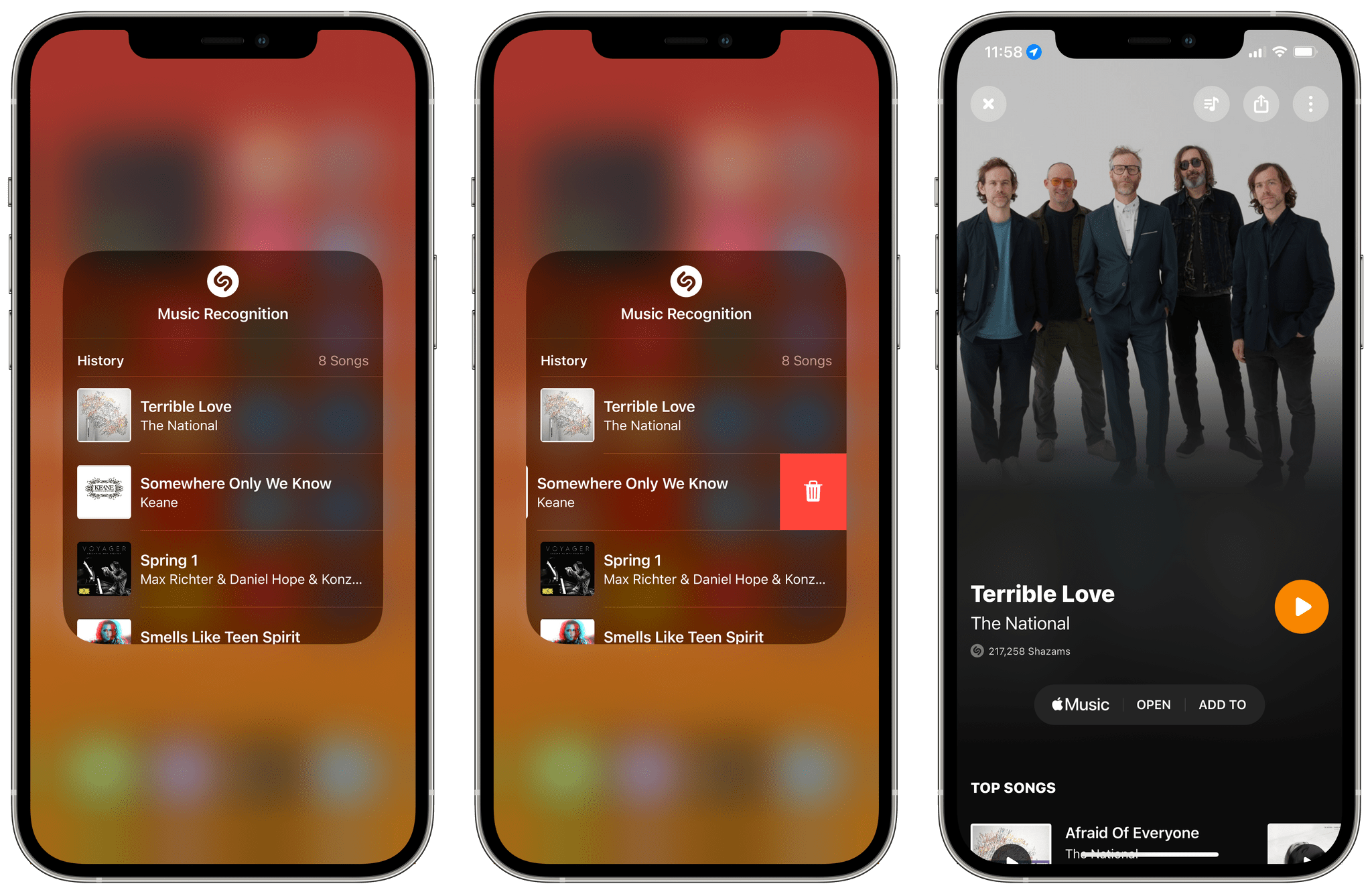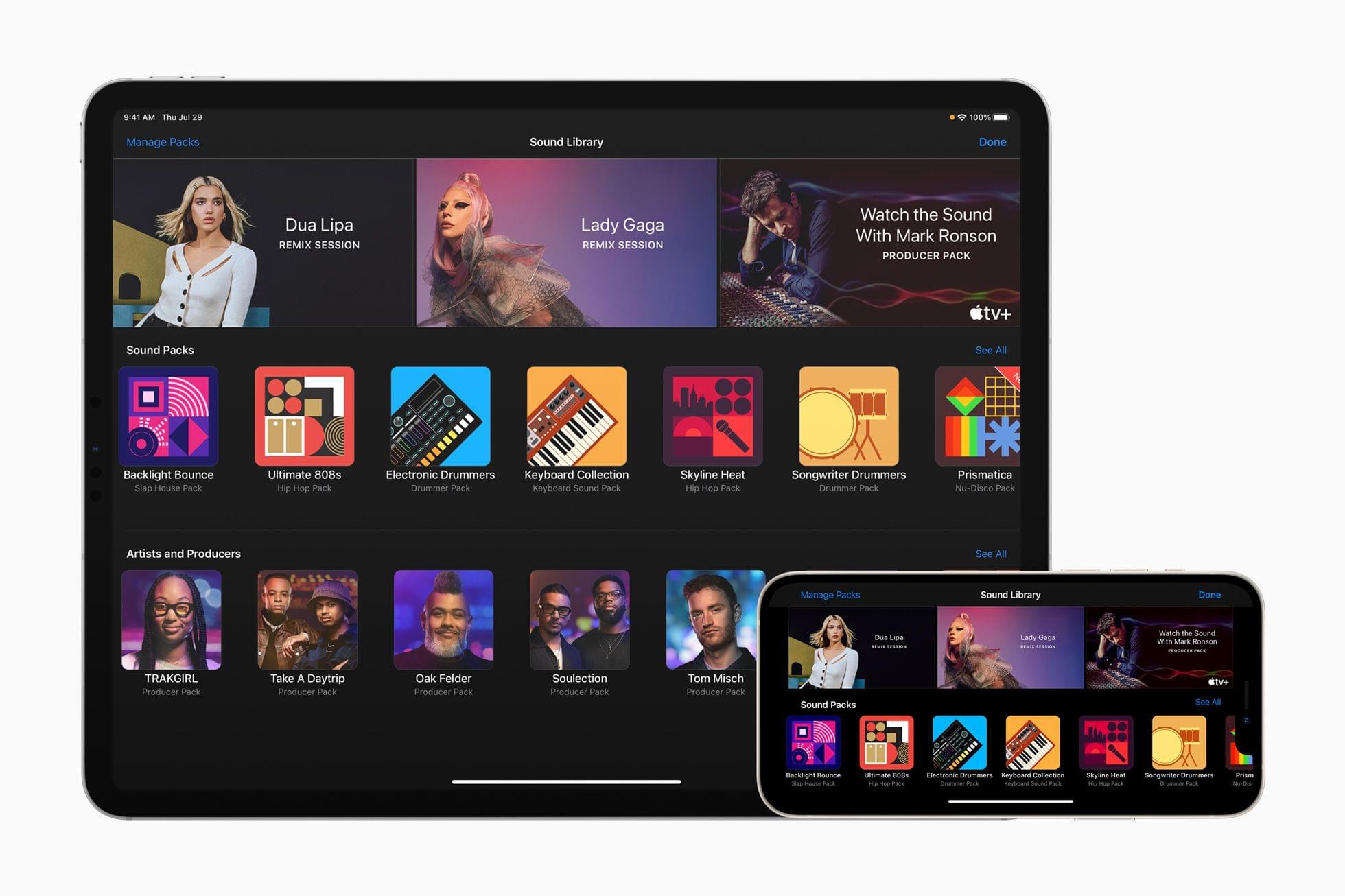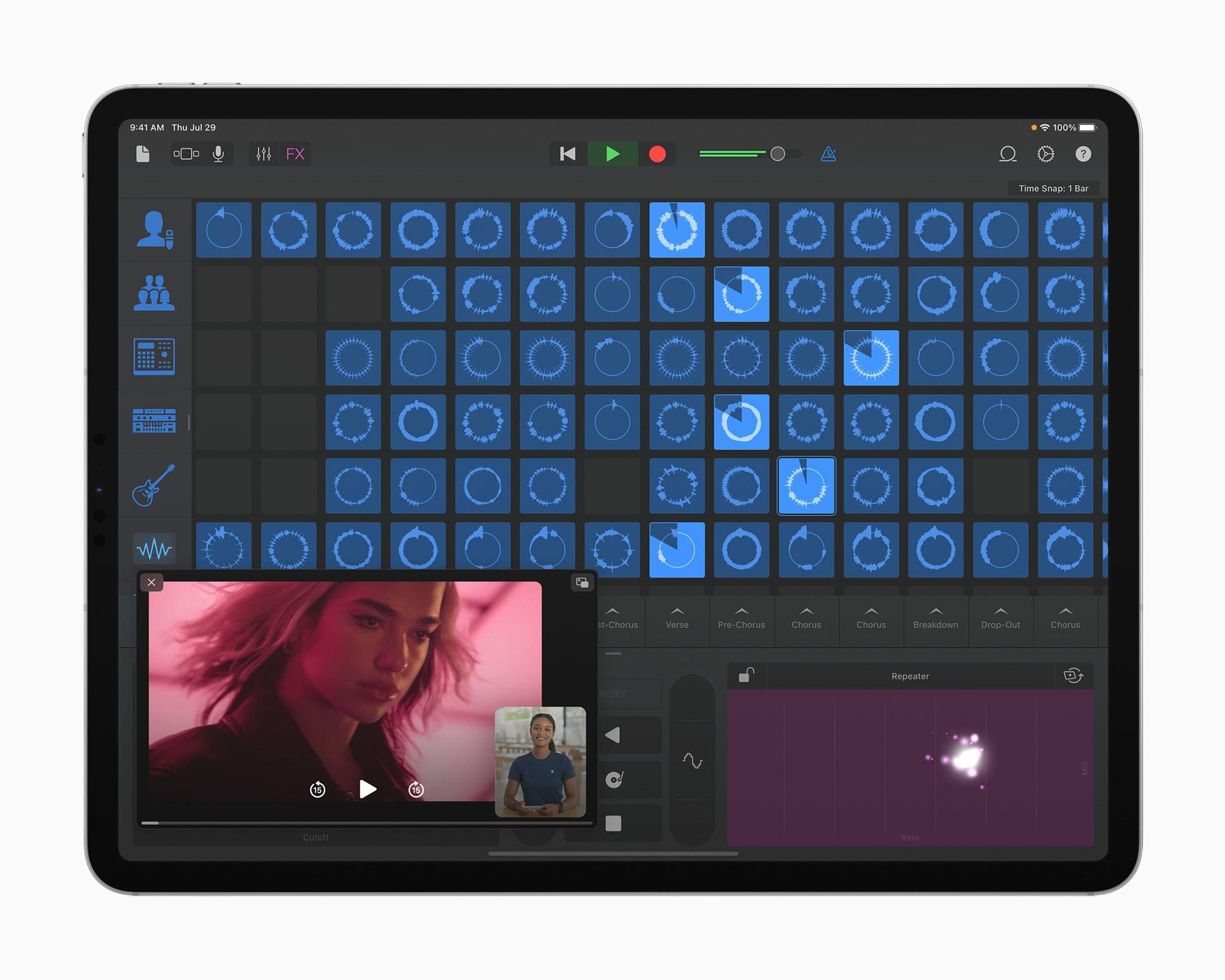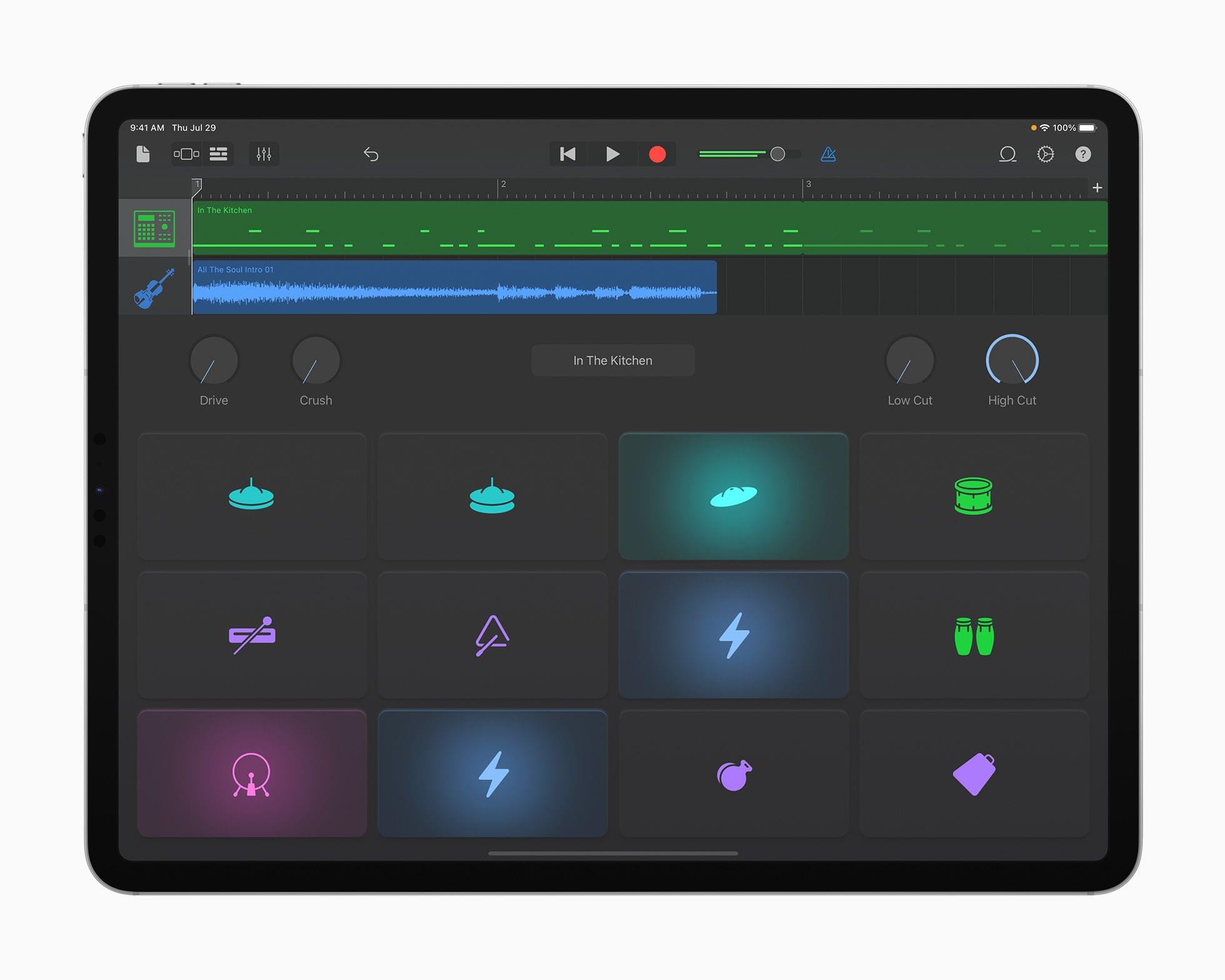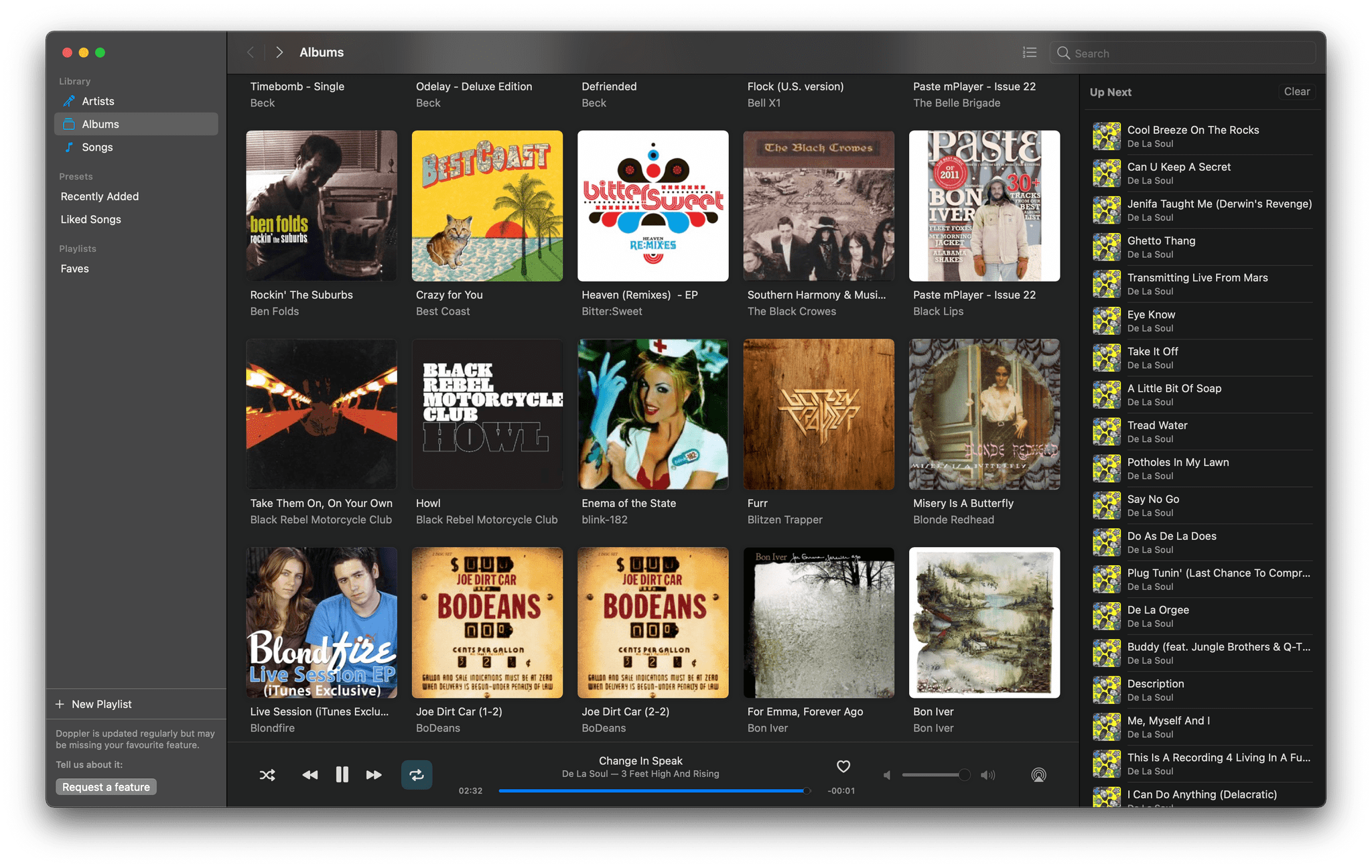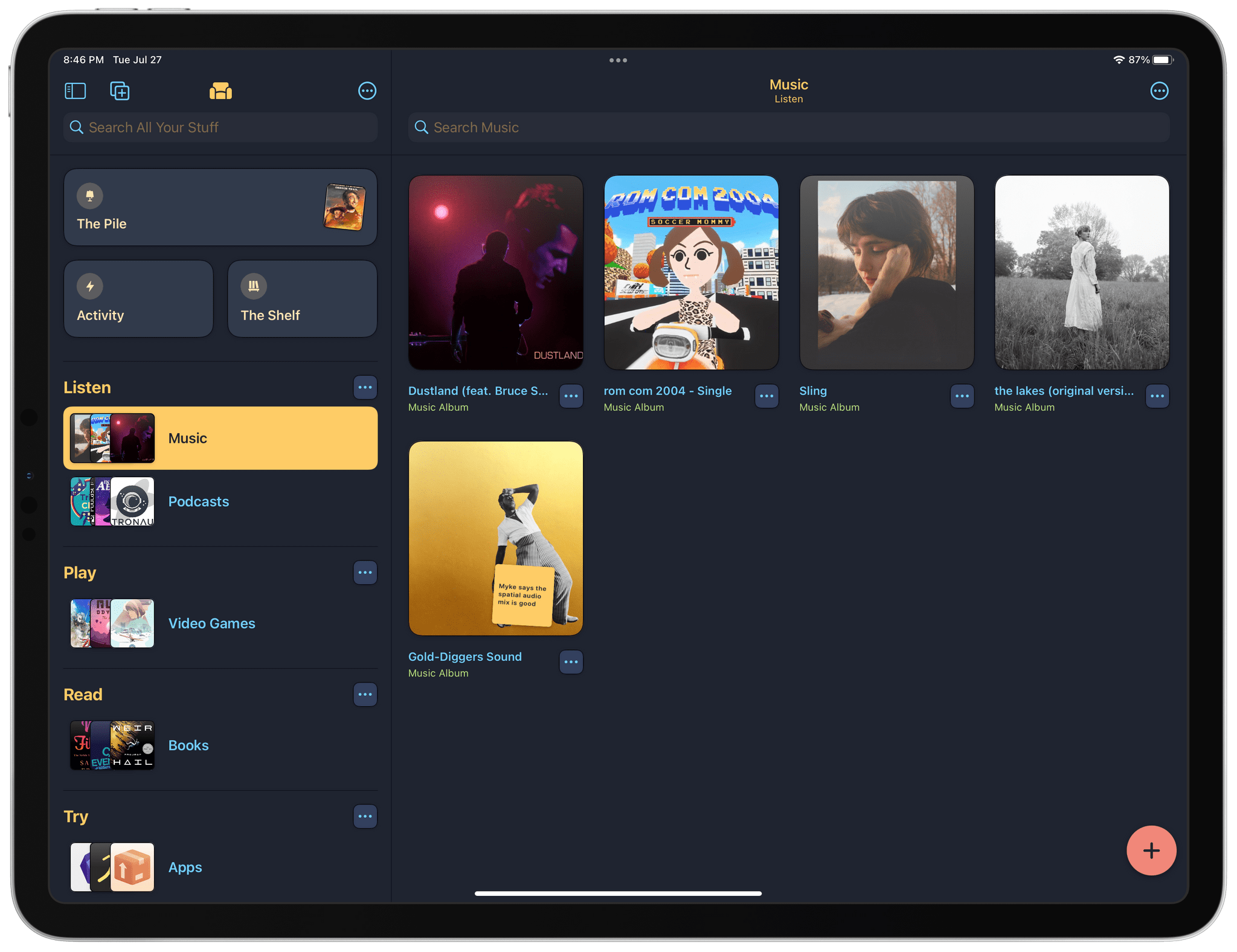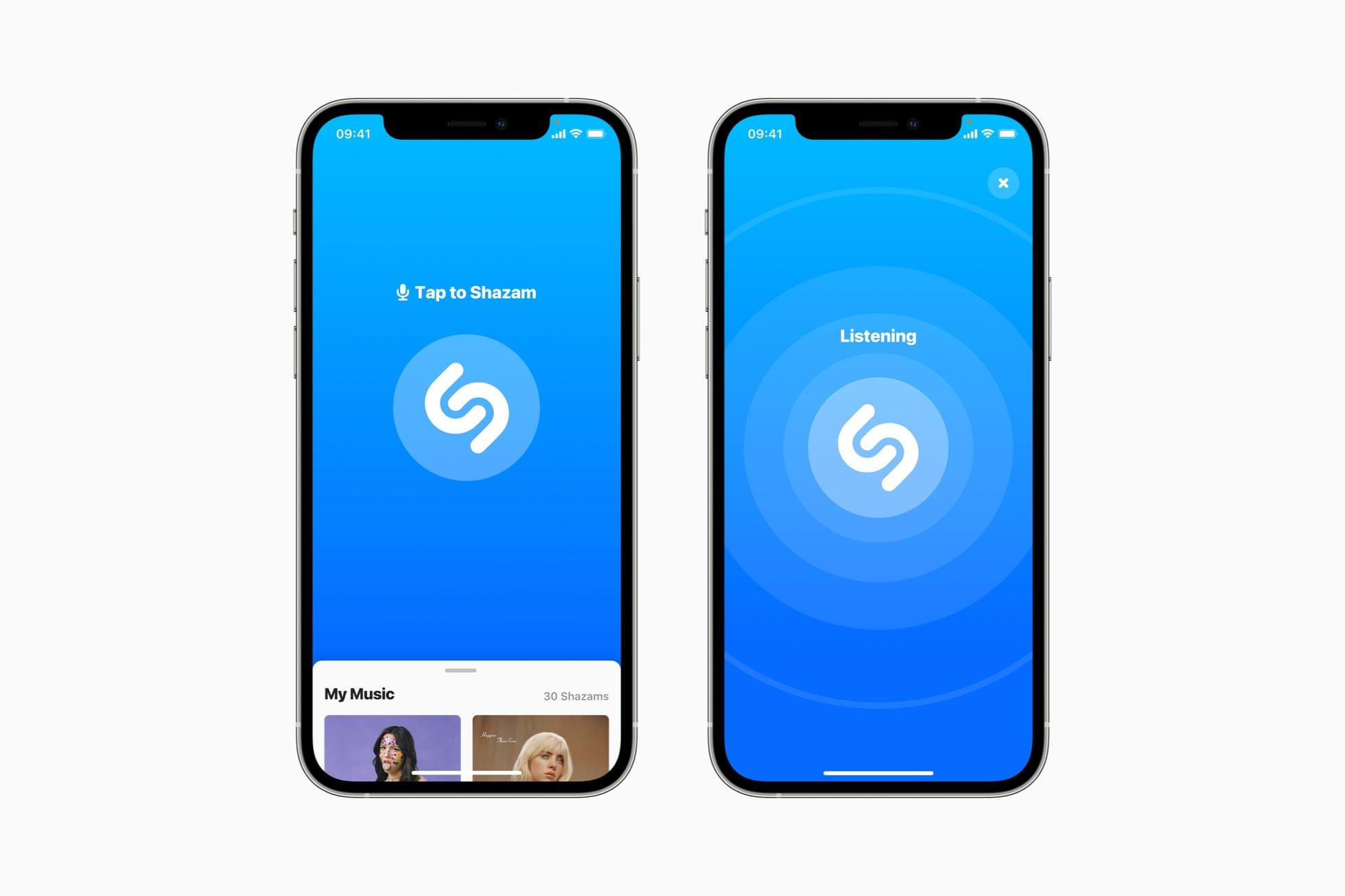44:29
This week on MacStories Unwind:
Our Favorite 2021 Albums and Singles
Federico
Albums:
- Screen Violence by CHVRCHES
- If I Can’t Have Love, I Want Power by Halsey
- 30 by Adele
- An Evening with Silk Sonic by Silk Sonic
- Who Am I? by Pale Waves
- SOUR by Olivia Rodrigo
- Knebworth 1996 by Oasis
- Draw Down the Moon by Foxing
- Futures: Phoenix Sessions by Jimmy Eat World
- XOXO: From Love & Anxiety In Real Time by The Maine
- Pressure Machine by The Killers
Album of the Year:
- 30 by Adele
- An Evening with Silk Sonic by Silk Sonic
Singles:
- Odd Ones Out by Pale Waves
- How Not To Drown by CHVRCHES & Robert Smith
- Good Girls by CHVRCHES
- If You Ever Leave, I’m Coming with You by The Wombats
- Rise, Naianasha (Cut The Cord) by Coheed and Cambria
- Face Towards The Sun by The Maine
- To Be Loved by Adele
- Renegade (feat. Taylor Swift) by Big Red Machine
- hornylovesickmess by girl in red
- Move by American Authors, Rob Thomas & Santana
- drivers license by Olivia Rodrigo
- Leave The Door Open by Bruno Mars, Anderson .Paak & Silk Sonic
Song of the Year:
- Leave The Door Open by Bruno Mars, Anderson .Paak & Silk Sonic
- To Be Loved by Adele
John
Albums:
- evermore by Taylor Swift
- Red by Taylor Swift
- SOUR by Olivia Rodrigo
- 30 by Adele
- Hurt is Boring EP by fanclubwallet
- Screen Violence by CHVRCHES
- if I could make it go quiet by girl in red
- Blue Weekend by Wolf Alice
- Who Am I? by Pale Waves
- Infinite Quest for the Rainbow Butthole by Lucy Daydream
Album of the Year:
- SOUR by Olivia Rodrigo
Singles:
- All Too Well (Sad Girl Autumn Version) by Taylor Swift
- That Funny Feeling by Phoebe Bridgers
- Solar Power by Lorde
- Last Man on Earth Wolf Alice
- Spinning No Rome, Charli XCX, and The 1975
- Oxytocin by Billie Eilish
- Kiss Me More (feat. SZA) by Doja Cat
- deja vu by Olivia Rodrigo
- C’mon Be Cool fanclubwallet
- Good Girl by K. Flay
- Chaise Longue by Wet Leg
- CHIPS (feat. American Teeth) by Royal & the Serpent
- Serotonin by girl in red
- Blood by Lucy Daydream
- Going Down South by The Black Keyes
Songs of the Year:
- C’mon Be Cool by fanclubwallet
- Chaise Longue by Wet Leg
Rewind
MacStories and Club MacStories Highlights
- How to Batch Convert Shortcuts for Use Throughout Monterey and with Other Automation Apps
- Jason Tate’s Dedicated Now Playing Mini-Computer
- The Macintosh Desktop Experience: Building Script Applets and PopClip Extensions for Shortcuts on Mac
- Two Different Ways of Passing Input to Shortcuts Running on macOS Monterey








